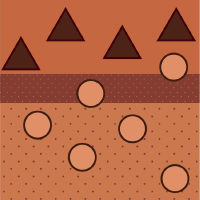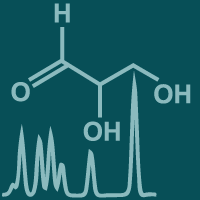Topic Editors


Nephrology and Dialysis: From Bench to Bedside
Topic Information
Dear Colleagues,
Nephrology is a very broad field, ranging from basic laboratory to clinical medicine, and many topics are emerging on a daily basis. Nephrology concerns the study of the kidneys, specifically normal kidney function (renal physiology) and kidney disease (renal pathophysiology), the preservation of kidney health, and the treatment of kidney disease, from diet and medication to renal replacement therapy (dialysis and kidney transplantation). Nephrology also studies systemic conditions that affect the kidneys, such as diabetes and autoimmune disease, and systemic diseases that occur as a result of kidney disease, such as renal osteodystrophy and hypertension. The topic "Nephrology and Dialysis: From Bench to Bedside" includes but is not limited to:
- Onconephrology;
- Acute kidney injury and chronic kidney disease;
- Primary kidney disorders;
- Glomerular diseases;
- Tubulointerstitial kidney diseases;
- Tubular defects;
- The effects of toxins on the kidney;
- Disorders of the kidney vasculature;
- Infections and neoplasms of the kidney;
- Abnormalities of the kidney, collecting system, and bladder;
- Kidney function;
- Diabetic kidney disease;
- Glomerulonephritis;
- Cardionephrology;
- Hypertension and nephrology;
- ADPKD;
- Renal vasculitis;
- Renal and renovascular hypertension;
- Kidney amyloidosis;
- Hereditary kidney disease;
- Renal ischemia;
- Kidney stones;
- Renal recovery;
- Treatment;
- Renal replacement therapy;
- Kidney transplantation;
- Kidney function;
- Renal imaging;
- Renal ultrasound.
We are pleased to announce that we have decided to launch a Topic on "Nephrology and Dialysis: From Bench to Bedside". Please take this opportunity to share your daily thoughts on nephrology topics in this project. We look forward to receiving your contribution.
Dr. Eiichi Sato
Dr. Tsukasa Nakamura
Topic Editors
Keywords
- onconephrology
- kidney disease
- kidney function
- treatment
- nephrology
Participating Journals
| Journal Name | Impact Factor | CiteScore | Launched Year | First Decision (median) | APC | |
|---|---|---|---|---|---|---|

Biomedicines
|
4.7 | 3.7 | 2013 | 15.4 Days | CHF 2600 | Submit |

Journal of Clinical Medicine
|
3.9 | 5.4 | 2012 | 17.9 Days | CHF 2600 | Submit |

Membranes
|
4.2 | 4.4 | 2011 | 13.6 Days | CHF 2700 | Submit |

Metabolites
|
4.1 | 5.3 | 2011 | 13.2 Days | CHF 2700 | Submit |

Reports
|
0.9 | - | 2018 | 20.6 Days | CHF 1400 | Submit |

MDPI Topics is cooperating with Preprints.org and has built a direct connection between MDPI journals and Preprints.org. Authors are encouraged to enjoy the benefits by posting a preprint at Preprints.org prior to publication:
- Immediately share your ideas ahead of publication and establish your research priority;
- Protect your idea from being stolen with this time-stamped preprint article;
- Enhance the exposure and impact of your research;
- Receive feedback from your peers in advance;
- Have it indexed in Web of Science (Preprint Citation Index), Google Scholar, Crossref, SHARE, PrePubMed, Scilit and Europe PMC.

